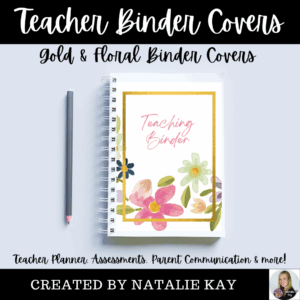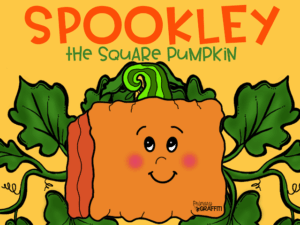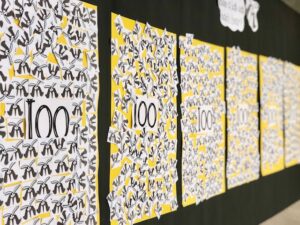
Once we know how to orally segment words into individual phonemes, and we have a good grasp of letter-sound correspondence, we move from using colored chips to using plastic letters! I like to use Learning Resource’s lacing letters because there’s 275 in a pack so I have enough for everyone in my small group, plus they’re all lower case!

This has been amazing for my students – not only for their reading, but for their writing too! Being able to segment and blend phonemes is a foundational skill for both reading and writing – and its amazing when you can hear students doing it independently, whether while writing in their journal or while reading a Mo Willem’s “Elephant and Piggie” book from our classroom library!
And the best part? When we use REAL PHOTOS, we are building our vocabulary! This is especially powerful for my English Language Learners! I don’t know about you, but a lot of times I am puzzled by clipart, but there’s no guesswork when using photographs!

And of course, you don’t stop at CVC words! You can use sound boxes for CCVC and CVCC words too!

But wait, what about CVCE words?? Yep, sound boxes are effective for those words too!

We use the same familiar process – segmenting each sound and then representing them with either chips or letters. Since the “e” is silent, it doesn’t get its own box, but instead snuggles in next to the last consonant. This year, after using the sound boxes, it was so much easier for my students to remember to read the long vowel sounds in CVCE words correctly and to use the silent e in their writing.





